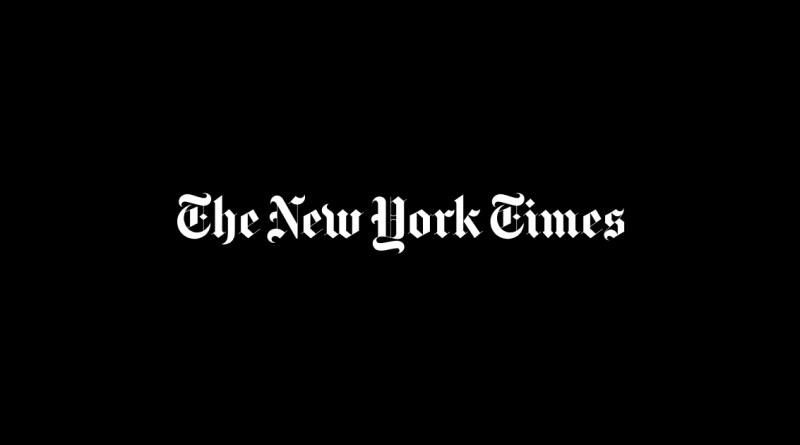Stock Market Rally Intensifies Debate Over What Will Come Next
[ad_1]
The stock market is on a tear, and investors face a tricky question: Will the rally last?
The S&P 500 index is on track for its fifth consecutive week of gains, its longest winning streak since the fall of 2021.
It’s a remarkable run, considering the backdrop. Following a series of interest rate increases by the Federal Reserve to contain historically high inflation, many investors feared that the Fed’s drastic actions would push the country into a more severe downturn. But the S&P 500 is roughly 17 percent higher than a year ago, almost 24 percent above its low in October, and just 8 percent away from a record high.
Some investors have even labeled this run the start of a bull market, or a period of exuberance that by one definition is marked by a 20 percent rise from a recent low. Once stocks cross this threshold, the bulls say, they tend to keep climbing.
Others aren’t convinced and warn that the recent rise could be a bear market rally — a short-lived stretch of optimism within a longer-running trend downward.
The case for a bull market
The bulls base their argument on signs of a resilient economy, cooling inflation and a nearing end to the Fed’s cycle of interest rate increases. If the economy has survived the onslaught of soaring inflation and higher interest rates so far, then maybe it will continue.
Analysts at Bank of America recently declared the bear market “officially over,” noting that, historically, after rising 20 percent from a low point, the S&P 500 has continued to rise over the next 12 months more often than not. On average, the index has gained another 19 percent over that period, according to data going back to the 1950s.
The fear of missing out on bumper returns as stocks continue to rise could also attract investors on the sidelines back into the market, extending the rally as they join the buying spree, the Bank of America analysts said.
Analysts at Goldman Sachs last week raised their year-end forecast for the S&P 500, predicting that the index would rise another 5 percent from its level last Friday. The index had already gained 3 percent by the end of Thursday this week.
One common note of caution about the current rally is that it has been largely the result of a few big tech companies soaring higher, such as the 200 percent rise in the stock price of the chip maker Nvidia. The average stock in the S&P 500 has risen just 7 percent this year, about half as high as the index as a whole.
However, a broader rally is beginning to take hold. The average stock in the S&P had barely budged until the beginning of June, but has since posted strong gains. The Russell 2000 index, which tracks the performance of smaller companies more exposed to the ups and downs of the domestic economy, has jumped 8 percent in June alone.
Why the bears don’t see it that way
Bears are focused on the obstacles ahead: Inflation has come down but remains high, and cracks are appearing in some important parts of the market.
The downfall of three midsize banks in the spring has led other lenders to turn more cautious, restricting credit and crimping the availability of cash to companies and consumers.
When it comes to banks, “I think there are more weak links out there,” said Kathy Jones, chief fixed income strategist for the Schwab Center for Financial Research.
Corporate bankruptcies have risen, and some investors fear that this is just the start of deeper trouble, as debts with low interest rates come due and borrowers face much steeper costs to refinance. That is a particular worry for the commercial real estate market.
The slow slide toward greater economic turmoil is more a result of the extraordinary amount of stimulus that had built up through the pandemic but even that is beginning to dwindle. Consumers’ savings have begun to run low and credit card balances have risen. “It’s taking its time to work its way through,” said Ms. Jones.
The bulls believe the Fed is close to ending its war on inflation, but the bears fear that the final battle has yet to begin. Inflation is still running at more than twice the Fed’s target rate of 2 percent and could remain stubbornly high. That may lead the Fed to push rates higher and, crucially, leave them high for longer, further squeezing the economy.
This week, the stock market flinched when Fed officials unexpectedly forecast two more quarter-point rate increases by the end of the year. But such forecasts have been wrong before; investors quickly shrugged them off and stocks resumed their rise.
George Goncalves, head of U.S. macro strategy at MUFG Securities, thinks that is a mistake.
“The signaling that the Fed is doing, and the fact that they are committed to a higher-rate regime, means it is hard to fathom that we won’t see other risks surfacing and breaking along the way,” he said.
